 |
 |
 |
| |
Exercise-Induced Inflammatory Changes among Older Adults with and without HIV.... from Jules: look at slides at end showing improved functioning due to exercise with high intensity exercise appearing to show more benefits, and decreased CRP with high intensity.
|
| |
| |
Reported by Jules Levin
9th Aging & HIV Workshop 2018 Sept 13-14 NYC
MELISSA P. WILSON, CATHERINE JANKOWSKI, SAMANTHA MAWHINNEY, RICK RAPAPORT, WENDY KOHRT, TODD BROWN, KRISTINE M. ERLANDSON

Program abstract
Exercise-Induced Inflammatory Changes among Older Adults with and without HIV
Wilson M1, Jankowski C6, MaWhinney S1, Rapaport R2, Kohrt W3,4, Brown T5, Erlandson K2,3
1University of Colorado Anschutz Medical Campus, School of Public Health, Department of Biostatistics, Aurora, United States, 2University of Colorado Anschutz Medical Campus, Department of Medicine, Division of Infectious Diseases, Aurora, United States, 3University of Colorado Anschutz Medical Campus, Department of Medicine, Division of Geriatric Medicine, Aurora, United States, 4Eastern Colorado VA Geriatric Research, Education and Clinical Center, Denver, United States, 5Johns Hopkins University, Department of Medicine, Division of Endocrinology, Diabetes, & Metabolism, Baltimore, United States, 6University of Colorado Anschutz Medical Campus, College of Nursing, Aurora, United States
Background: Regular physical activity has numerous health-related benefits, including lower levels of inflammation. Although we have previously shown greater physical function benefits with higher intensity exercise, some studies suggest that higher intensity exercise may exacerbate inflammation among people with chronic inflammation, while lower intensity exercise may lower inflammation. The effects of exercise intensity on inflammatory markers among older adults with HIV (PLWH) is unknown.
Materials and Methods: PLWH and uninfected controls, aged 50-75 were enrolled in a 3 times/week supervised cardiovascular and resistance exercise program. After 12 weeks of moderate intensity exercise, participants were randomized to continue moderate or advance to high-intensity exercise for an additional 12 weeks. Serum and plasma levels of IL-6, TNF-alpha, soluble TNF receptor (sTNFR) 1/2, CRP, sCD14, intestinal fatty-acid binding protein (iFABP), and IL-10 were analyzed pre-intervention, and at 24 weeks of exercise. Additional samples were analyzed at week 12 for IL-6, TNF-alpha and sTNFR1. Mixed and multiple regression models were adjusted for baseline level of the inflammatory marker, age and BMI. Inflammatory data were log transformed and results are reported as percent differences from baseline (mean [95% CI]). Outcomes were considered complimentary, with no adjustment for multiple comparisons.
Results: Of 69 participants (32 PLWH, 37 Controls), the mean age was 57.8 (SD 6.4) years, BMI 28.7 (SD 4.8)kg/m2, and the majority were male (91%). At baseline, PLWH had higher levels of inflammation than Controls: IL- 6 (34 [3,74]%, p=0.033), CRP (103 [28,223]%, p=0.004), sCD14 (17 [2,33]%, p=0.026), sTNFR2 (29 [4,60]%, p=0.022), and iFABP (113 [19,281]%, p=0.014). Between 0 and 12 weeks, decreases from baseline levels were observed in IL-6 (controls: -14 [-25,0.5]%, p=0.058) and in sTNFR1 (PLWH: -5 [-9,-0.9]%, p=0.02). Between 0 and 24 weeks, significant increases were observed for a subset of markers by HIV serostatus: sCD14 (PLWH: 8 [2,14])%, p=0.014, controls: 11 [5,17]%, p<0.001), IL-10 (controls: 66 [18, 134]%, p=0.005). Between 0-24 weeks, decreases in iFABP (-51 [-75,-2]%, p=0.045) were seen in PLWH. Changes in inflammatory markers did not differ between PLWH and controls (p>0.11). By exercise intensity (between 0-24 weeks), significant differences were observed among those randomized to high-intensity exercise : CRP (-24 [-41,-2]%, p=0.033) and sCD14 (14 [8,19]%, p<0.001); compared to those randomized to moderate intensity, the CRP was 30% lower ([2,-51]%, p=0.062) and sCD14 8% higher ([0,16]%, p=0.043) among those randomized to high-intensity exercise. Finally, a 10% increase in adherence to exercise was associated with a 5% ([1,9]%, p=0.018) lower IL-6 level and 42% ([21,63]%, p=0.002) lower CRP at 24 weeks.
Conclusions: Overall, despite higher baseline inflammation among PLWH, an exercise intervention did not significantly decrease inflammatory markers. Similar responses were seen in both PLWH and uninfected controls. Increases in sCD14 across both arms raise questions regarding the role of monocyte activation and changes in gut permeability with exercise. Lastly, significant increases in IL-10 (an anti-inflammatory cytokine associated with exercise) among uninfected controls but not PLWH suggests a need for additional investigation into anti-inflammatory cytokine responses in older PLWH.
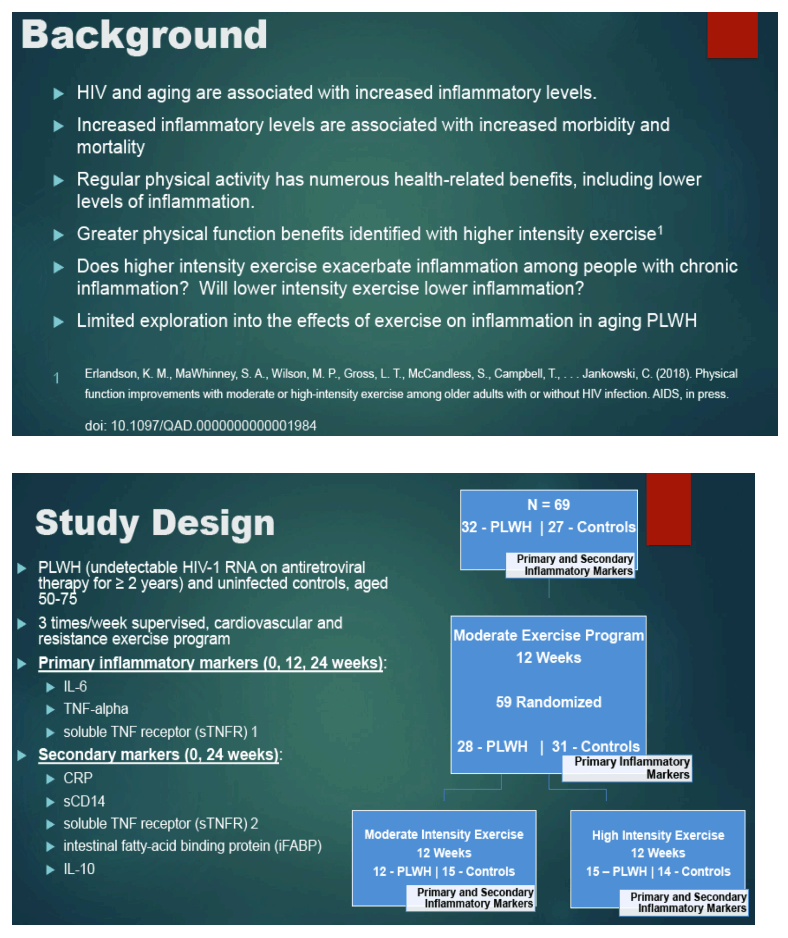

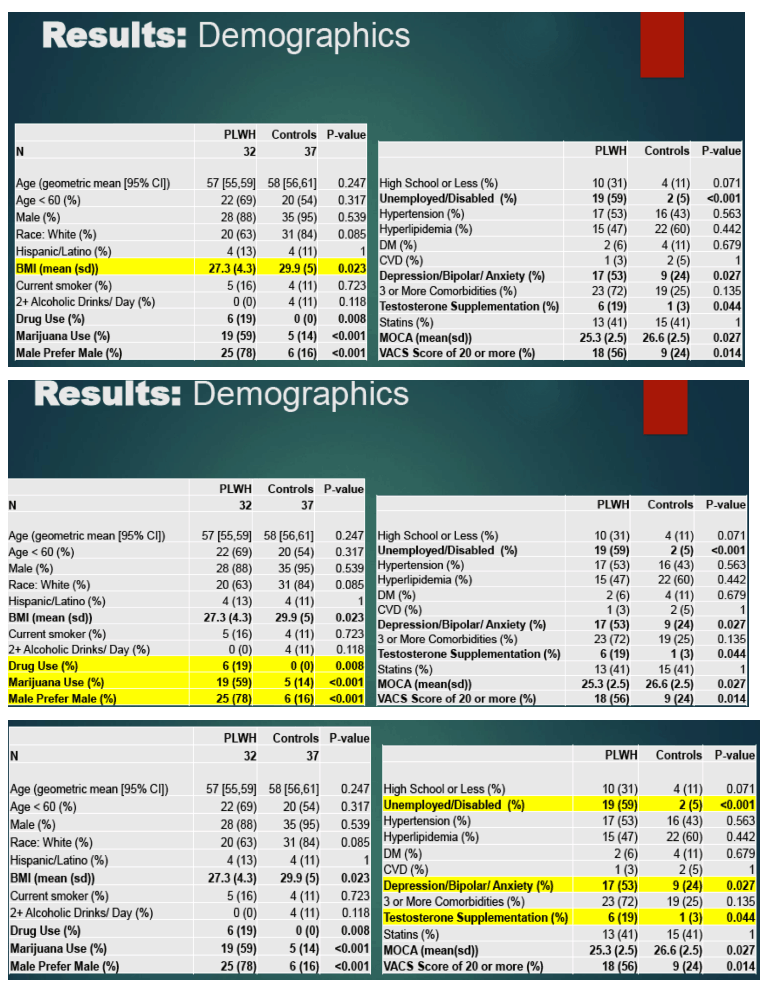
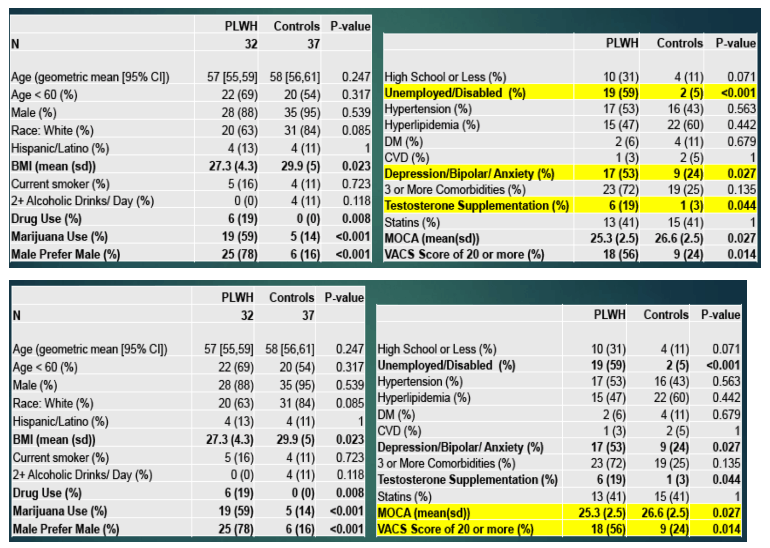
MoCA scores range between 0 and 30. A score of 26 or over is considered to be normal. In a study, normal people scored an average of 27.4; people with mild cognitive impairment (MCI) scored an average of 22.1; people with Alzheimer's disease scored an average of 16.2
VACS is suggested to predict mortality read 3rd link to see predictions, slides from amy justice-
http://www.acthiv.org/2011_presentations/session4_040911/Amy C. Justice.pdf
http://www.iapac.org/icvh/presentations/ICVH2014_OA50.pdf
https://pdfs.semanticscholar.org/a78f/a04f4669a3730077bcef1fc8b2808361b035.pdf
https://medicine.yale.edu/intmed/vacs/welcome/vacsindexinfo.aspx
https://bmjopen.bmj.com/content/7/6/e013993

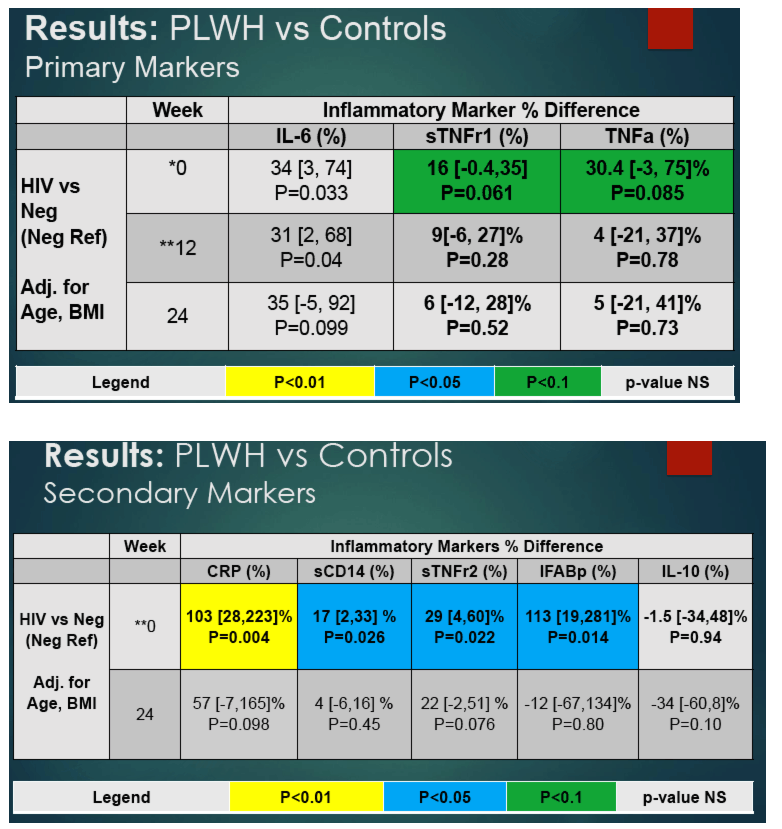
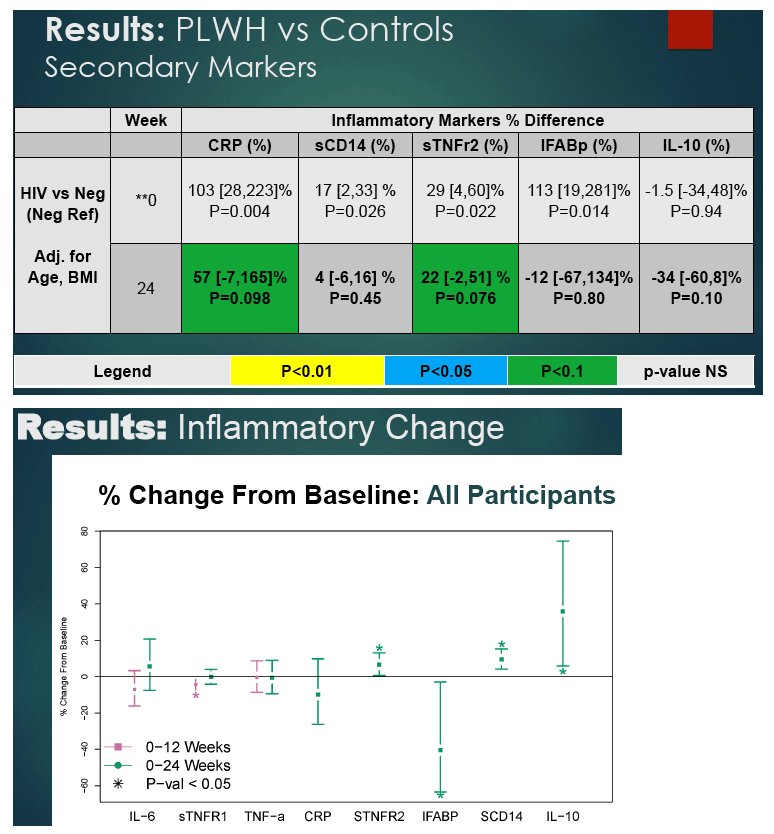
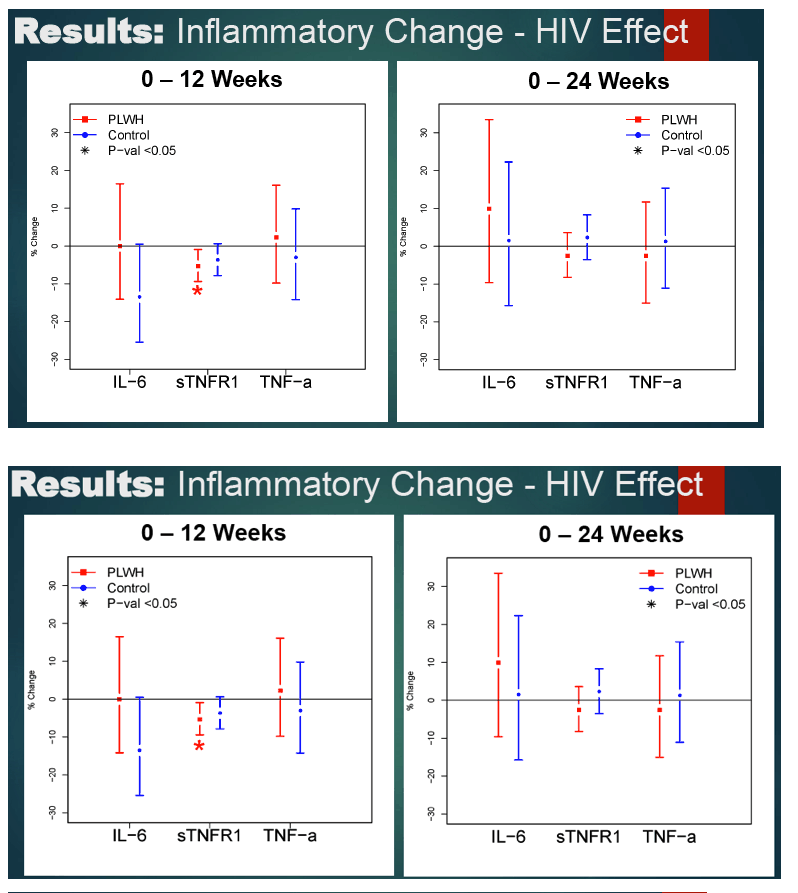
Interleukin 10 (IL-10), also known as human cytokine synthesis inhibitory factor (CSIF), is an anti-inflammatory cytokine. https://en.wikipedia.org/wiki/Interleukin_10
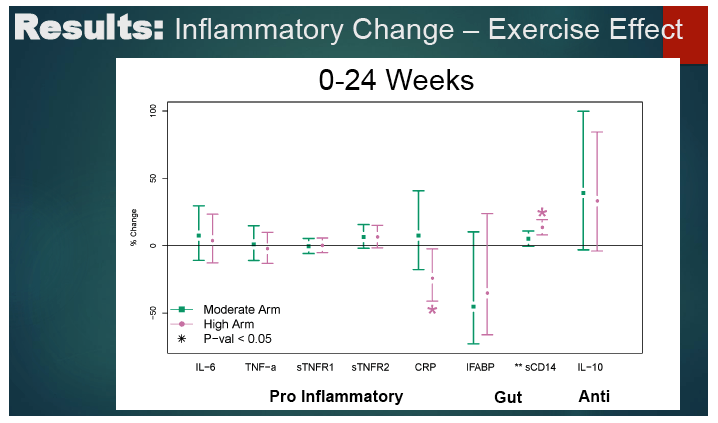
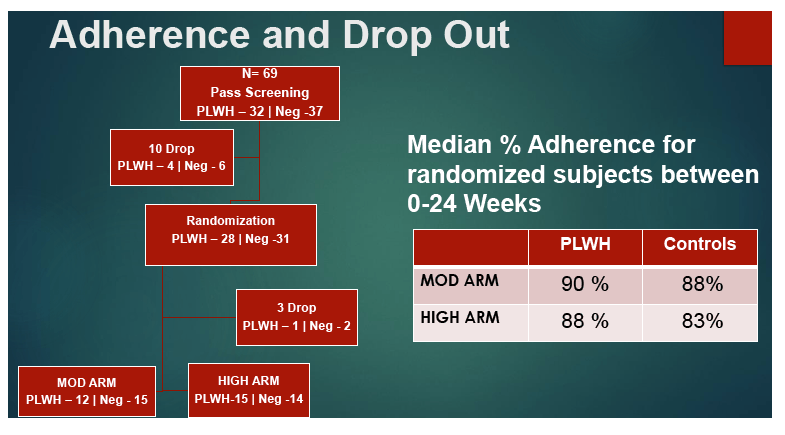
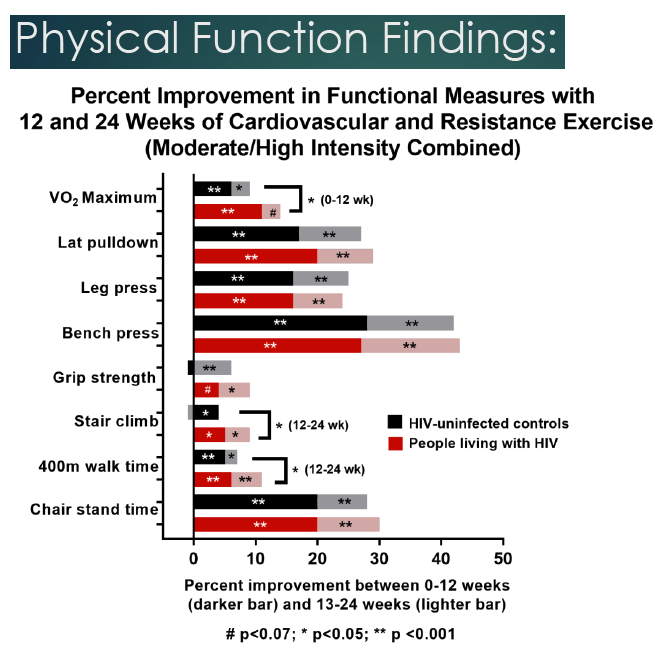
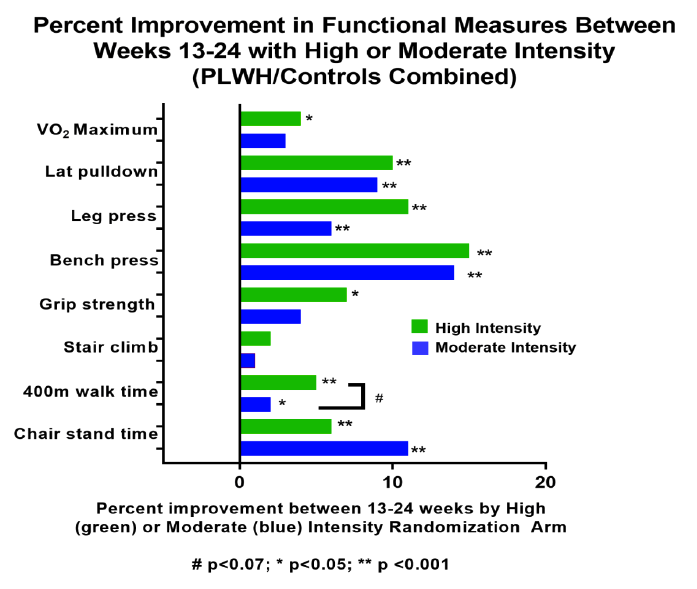
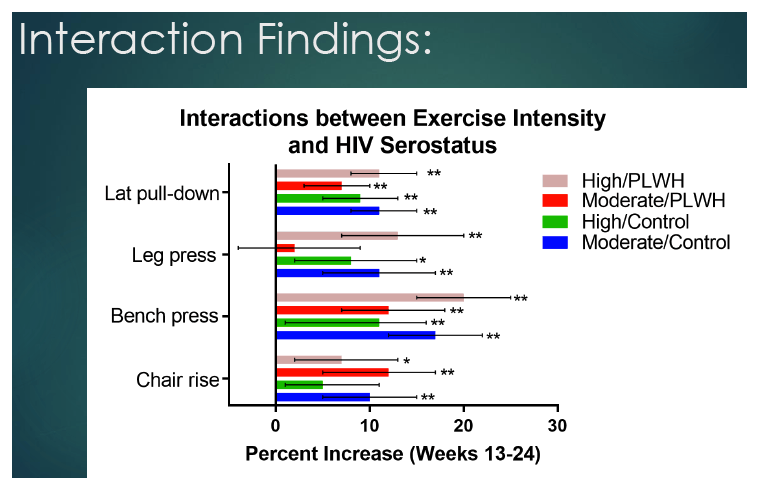
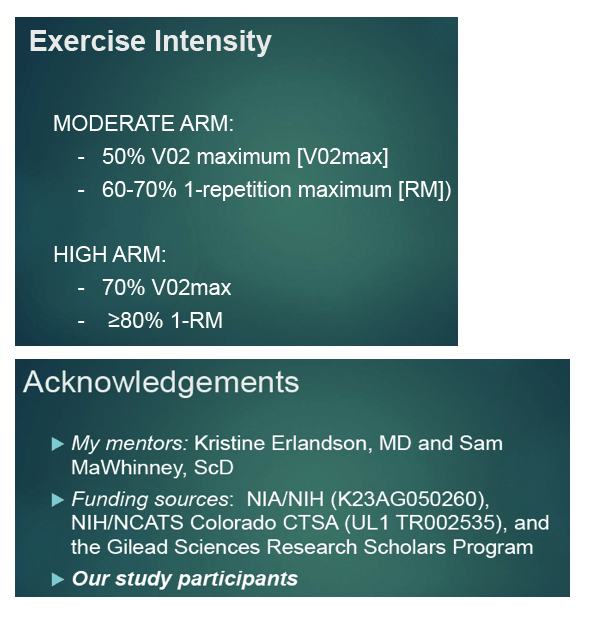
|
| |
|
 |
 |
|
|